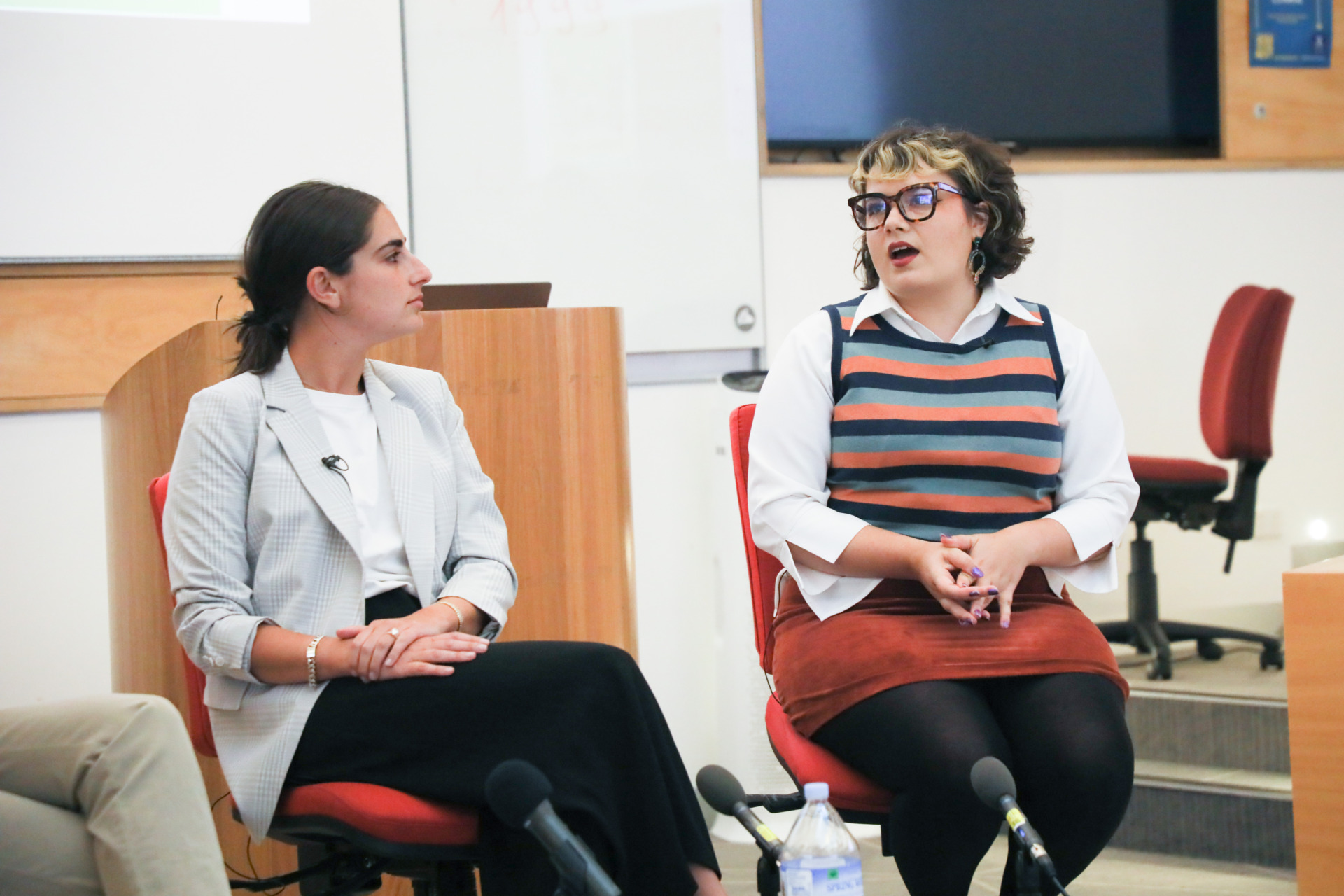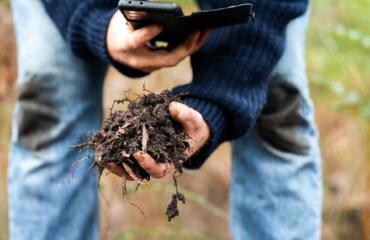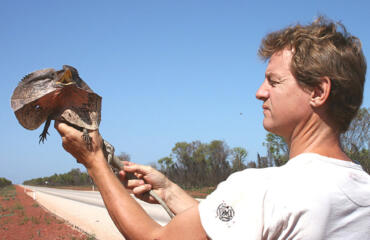The idea that persuaded Zara Seidler and her friend Sam Koslowski to launch The Daily Aus, an independent youth-focused Instagram news site, was both simple and crazily ambitious.
“There wasn’t enough access to the information that young people need more than ever,” Seidler told an audience at a recent forum hosted by the Centre for Advancing Journalism at the University of Melbourne.
The site began as a sideline when Seidler was a freshly qualified political graduate and morning news producer at Sky News. It kept ticking over as she gained experience as a political lobbyist and advisor. It became clear to Seidler that while her 20-something friends relied heavily on social media platforms to get their news, this was not being recognised by traditional media companies.
Releasing news on social media platforms was “an afterthought for most traditional media,” she recalled. The Daily Aus instead wanted to bring social media platforms to the forefront, because “we knew we wanted to be speaking directly to [young people]”, not across them or down to them.
Seidler was speaking at a panel on making news on TikTok and Instagram alongside Guardian Australia’s Matilda Boseley, hosted by lecturer and audio journalist Sami Shah.
Boseley has earned an international reputation for the calibre of her TikTok reporting, with Shah describing her as the founder of this genre in Australia. Asked by Shah what took her in that direction, she said that she had been “a victim of Tumblr back in the day, like the 2014 Tumblr … (a) bunch of teenagers on their computers with, like, very strong opinions and not necessarily facts”. It got her thinking about the potential if mainstream media actually engaged with that audience, including for serious and political conversation.
The Daily Aus now has over 430,000 followers, and The Guardian TikTok reaches more than 238,000 followers.
Boseley and Seidler explained how the digital had both opened up the media landscape to new and niche players, and equipped journalists with affordable, nimble tools that allowed them to reach big audiences without fancy, large crews or expensive technology.
“We’ve never used anything other than Canva [a free design tool],” Seidler said.
Boseley said a mobile phone with filming, editing, recording applications was all that was needed to produce basic, impactful journalism.
“If you want something done, be able to have the skills to get all the steps done yourself,” she said to the audience of over 80 students.

“If you want something done, be able to have the skills to get all the steps done yourself,” said Matilda Boseley (right) from the Guardian Australia. Photo: Qiyun Liu
Both experts talked about how there was still something of a credibility problem around social media as a platform for serious journalism. Boseley recalled she was quite apprehensive starting about. “[You wonder] something like how you’re going to be taken seriously as a journalist,” she said.
Seidler shared her experience of sending The Daily Aus reporters for a series of recent interviews with the Prime Minister Anthony Albanese, Opposition Leader Peter Dutton, the former NSW Premier Dominic Perrottet and his then rival, now successor Chris Minns.
“It’s always really fun because they think we’re just children who are going to ask them about children’s things and then they walk away like …”, and she laughed, throwing up her hands to reflect their shock.
While social media platforms like TikTok and Instagram might largely be places of fun and distraction for many users, when operating in these forums as a journalist, Seidler talked about the importance of a professional posture and building trust with the audience.
“So, making sure that we look like a professional outfit, and that we have the capacity to create a product that reflects how we go about things,” she said.
She pointed out that The Daily Aus has, for instance, made a decision not to cover pop culture, and that it adheres to a published editorial charter laying out its values and independent position. The charter is “very important to us … we don’t always get it right. But central to what we do is radical transparency. [When] we get it wrong, we will acknowledge we’ve gotten it wrong, but to the point of choosing stories, [what] guides us is news, not noise.
“We don’t want more noise.”
Want to check out the conversation? You can find a recording of the event, part of the Centre for Advancing Journalism’s News Bites public lecture series, on our podcast The Yarn here.




